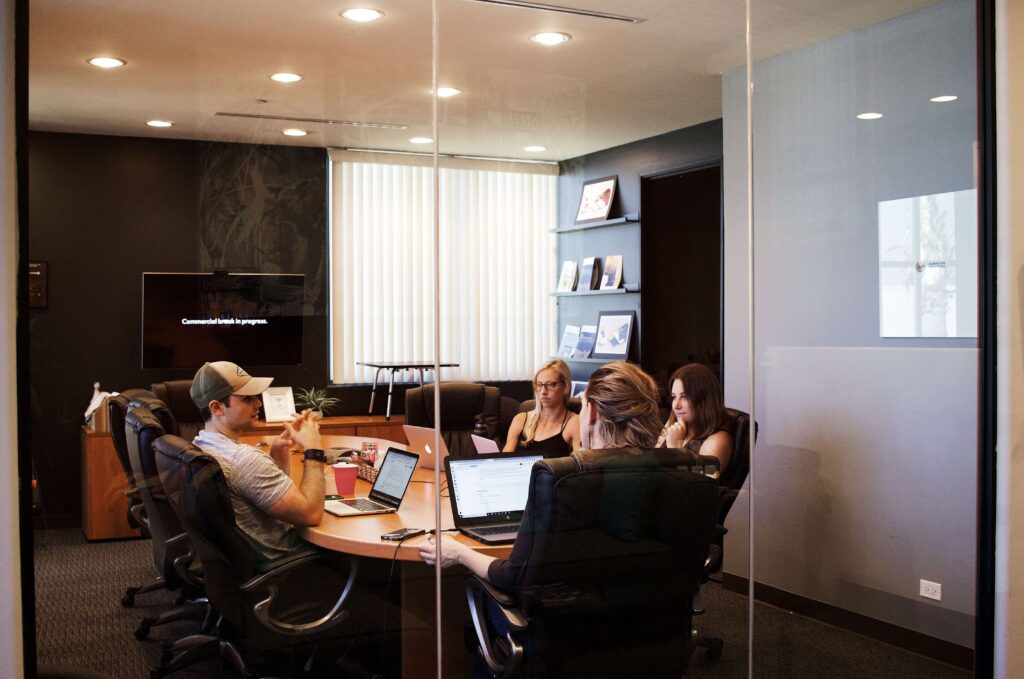Employers now utilise more employee monitoring software as a result of the surge in remote employment. These solutions boost efficiency and increase data security for businesses, but they also create severe privacy concerns for employees. In this post, we will examine how the privacy of employees is impacted by remote employee monitoring tools and talk about how IdleBuster can assist reduce the concerns.
A Complete Guide to Understanding and Reducing Risks Relating to the Impact of Remote Employee Monitoring Software on Worker Privacy
Employers now utilise more employee monitoring software as a result of the surge in remote employment. These solutions boost efficiency and increase data security for businesses, but they also create severe privacy concerns for employees. In this post, we will examine how the privacy of employees is impacted by remote employee monitoring tools and talk about how IdleBuster can assist reduce the concerns.
Time Doctor, Hubstaff, and Trello are some of the most widely utilised remote employee monitoring programmes in business. Employers can use these tools to check if staff members are showing up to work and achieving their performance goals. They do, however, also bring up issues with employee privacy. A hostile workplace and a loss of trust can result from the usage of such surveillance systems.
Remote Employee Monitoring Software’s Legal and Moral Repercussions
There are several ethical and legal ramifications to the use of remote employee monitoring software. Employer privacy rules and regulations must be complied with by businesses. Some nations have severe regulations governing employee monitoring and data privacy. For instance, the General Data Protection Regulation (GDPR) of the European Union mandates that companies notify workers prior to using surveillance software.
Ethical conundrums may arise from the usage of software for remote employee monitoring. Employers need to find a happy medium between keeping an eye on their workers’ activities and protecting their privacy. Some workers might believe that their privacy is being compromised, which would cause mistrust and discontent. Employers need to make sure that monitoring software is used in an honest and ethical manner.
Employee monitoring requires both transparency and consent. Employees should be made aware of how to utilise and the purpose of monitoring software. Before using surveillance software, employers should have the approval of their staff.

Monitoring Software’s Effect on Employee Productivity and Well-Being
Employee productivity and well-being are impacted by employee monitoring software in both favourable and unfavourable ways. By ensuring that workers are working, monitoring can boost productivity, but it can also make the workplace stressful. Workers may experience stress and burnout if they believe they are constantly being watched.
The usage of monitoring tools may potentially have an impact on the wellbeing and mental health of employees. Employees may experience mistrust and worry if they believe their privacy is being compromised. Employers must make sure that monitoring software is used in a way that respects employees’ privacy and fosters a productive work environment.
By employing monitoring tools in an ethical and open manner, employers may foster a culture of respect and trust. Additionally, employers can make sure that monitoring software is applied to support rather than micromanage employees’ performance.
How IdleBuster Promotes Productivity While Preserving Worker Privacy
IdleBuster is a piece of software made to safeguard employee privacy while preserving productivity. To make time trackers think that employees are still working on their computers when they are not, it simulates mouse and keyboard motions. This tool can randomly switch the open browser and app tabs, giving the impression that separate tasks are being worked on by each employee.
By avoiding the monitoring of employees’ activities during downtime, IdleBuster contributes to the protection of worker privacy. It has the ability to recognise when the computer has been idle for a predetermined amount of time and will start up automatically to keep it active.
By guaranteeing that the time tracker reports are correct, IdleBuster also aids in raising employee productivity. It prevents reports from displaying low activity by simulating human-like mouse motions and keyboard activity. Without compromising their privacy, this solution can assist workers in maintaining efficiency.
Employers and employees both gain from IdleBuster. It provides workers with defence against intrusive surveillance and aids in preserving their privacy while working remotely. It provides businesses with precise monitoring reports without the need for overbearing surveillance that can destroy confidence and create a toxic work environment.
IdleBuster usage can support the development of a culture of trust and respect at work. Employers can show their dedication to fostering a healthy work environment by employing a tool that respects employee privacy.
Most Commonly Asked Questions
1. What is Remote Employee Monitoring Software?
2. What Are the Risks of Employee Monitoring for Workers?
3. What Are the Legal and Ethical Implications of Employee Monitoring?
4. How Does IdleBuster Work?
5. What Are the Benefits of Using IdleBuster for Workers and Employers?
6. How Can IdleBuster Help Foster a Culture of Trust and Respect?
7. How Can Employers Ensure That Monitoring Software is Used Ethically and Transparently?
8. How Can Workers Protect Their Privacy While Working Remotely?
Conclusion
Concerns about employee privacy may arise from remote employee monitoring software. Employers must strike a balance between keeping an eye on their workers’ activities and maintaining their privacy. IdleBuster is a piece of software that promotes worker productivity while preserving anonymity. It may help to develop a culture of respect and trust at work. Employers may establish a productive workplace that is advantageous to both employees and employers by deploying monitoring software in an ethical and open manner.




